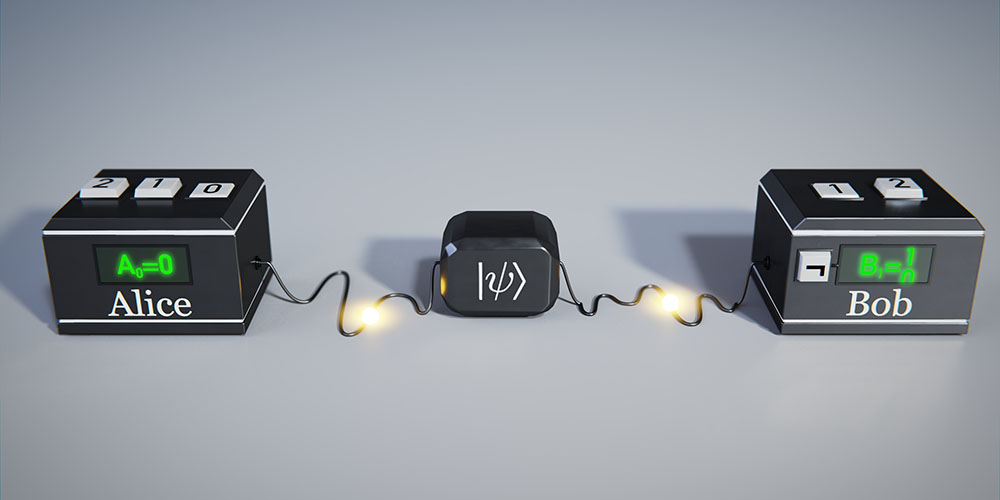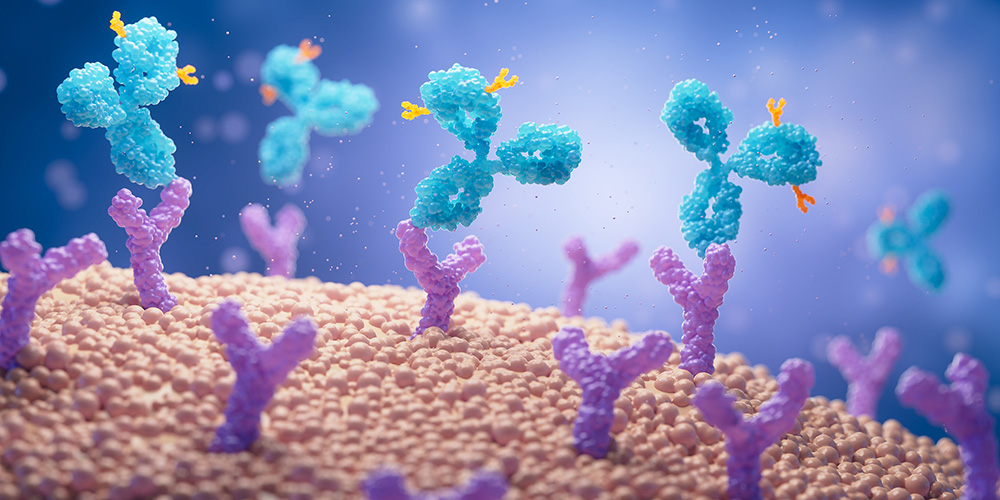Adding noise for completely secure communication
How can we protect communications against “eavesdropping” if we don’t trust the devices used in the process? This is one of the main questions in quantum cryptography research. Researchers at the University of Basel and ETH Zurich have succeeded in laying the theoretical groundwork for a communication protocol that guarantees one hundred percent privacy.
12 June 2020
Hackers in possession of quantum computers represent a serious threat to today’s cryptosystems. Researchers are therefore working on new encryption methods based on the principles of quantum mechanics. However, current encryption protocols assume that the communicating devices are known, trustworthy entities. But what if this is not the case and the devices leave a back door open for eavesdropping attacks?
A team of physicists led by Professor Nicolas Sangouard of the University of Basel and Professor Renato Renner of ETH Zurich have developed the theoretical foundations for a communication protocol that offers ultimate privacy protection and can be implemented experimentally. This protocol guarantees security not only against hackers with quantum computers, but also in cases where the devices used for communication are “black boxes” whose trustworthiness is a completely unknown quality. They published their results in the journal Physical Review Letters and have applied for a patent.
Diluting information with noise
While there are already some theoretical proposals for communication protocols with black boxes, there was one obstacle to their experimental implementation: the devices used had to be highly efficient in detecting information about the crypto key. If too many of the information units (in the form of entangled pairs of light particles) remained undetected, it was impossible to know whether they had been intercepted by a third party.
The new protocol overcomes this hurdle with a trick – the researchers add artificial noise to the actual information about the crypto key. Even if many of the information units are undetected, an “eavesdropper” receives so little real information about the crypto key that the security of the protocol remains guaranteed. In this way, the researchers lowered the requirement on the detection efficiency of the devices.
“Since the first small-scale quantum computers are now available, we urgently need new solutions for protecting privacy,” says Professor Sangouard. “Our work represents a significant step toward the next milestone in secure communications.”
Original source
M. Ho, P. Sekatski, E.Y.-Z. Tan, R. Renner, J.-D. Bancal und N. Sangouard
Noisy pre-processing facilitating a photonic realisation of device-independent quantum key distribution
Physical Review Letters (2020), doi: 10.1103/PhysRevLett.124.230502
Further information
Prof. Dr. Nicolas Sangouard, University of Basel, Department of Physics, phone +41 61 207 39 15, email: nicolas.sangouard@unibas.ch


